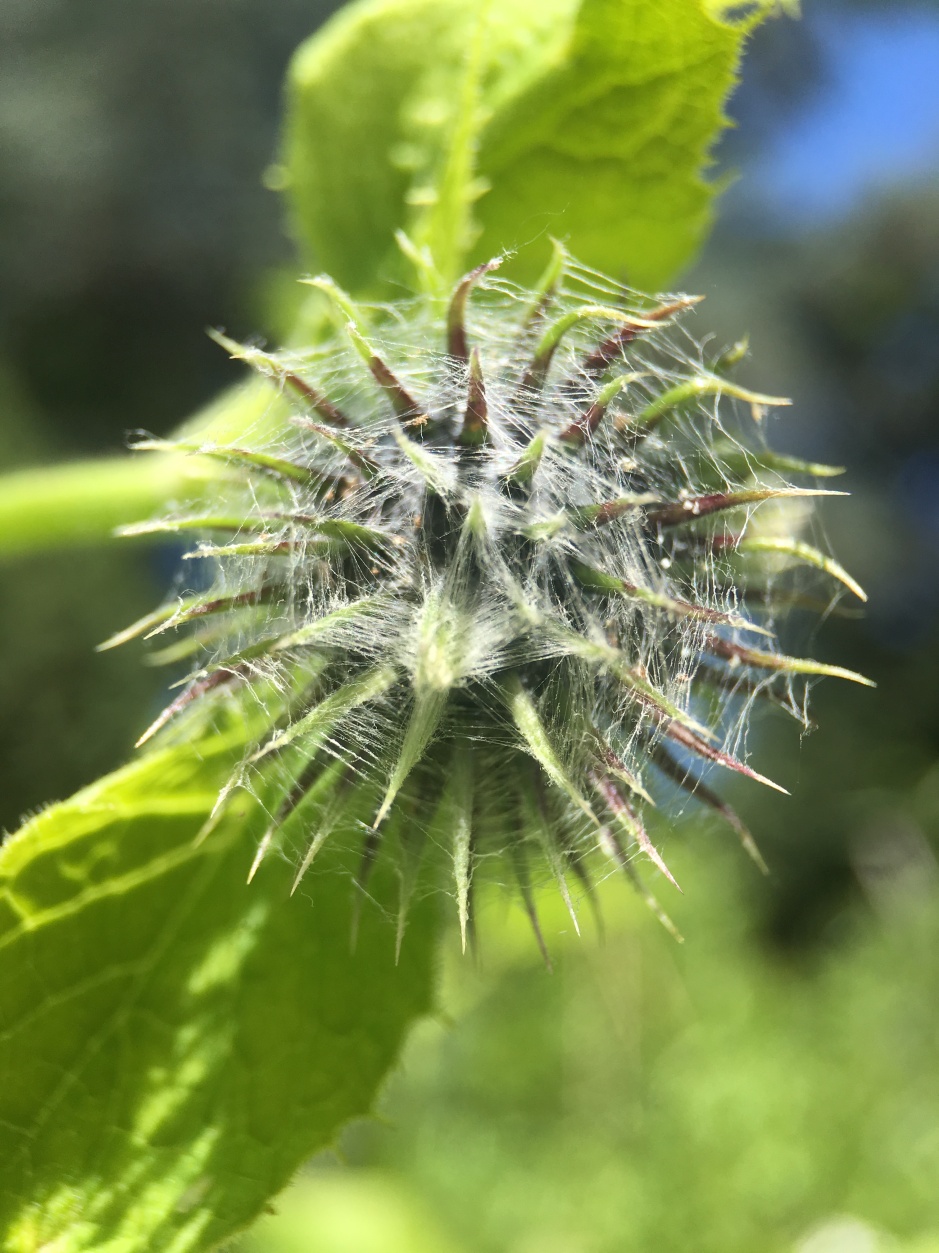
Mu Xiang first appears in the Shen Nong Ben Cao Jing, where it is classified as an upper class medicinal.
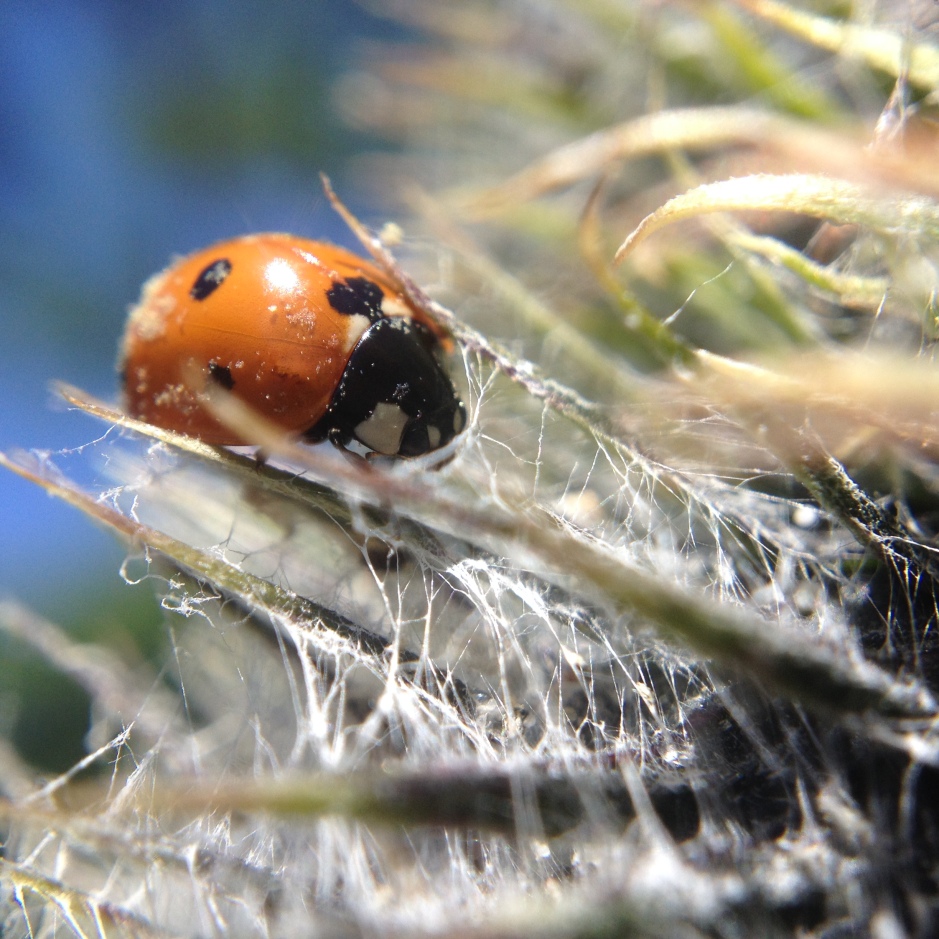
In the Tang Dynasty’s (618-907) Xin Xiu Ben Cao it says: “Currently there are two kinds, the commonly used kind harvested in the Kunlun mountains is good, whatever comes from the Western Barbarians is bad.”

The Song Dynasty’s Ben Cao Tu Jing says: “These days only Guangzhou Boshang has anything, the others don’t have anything coming out.”
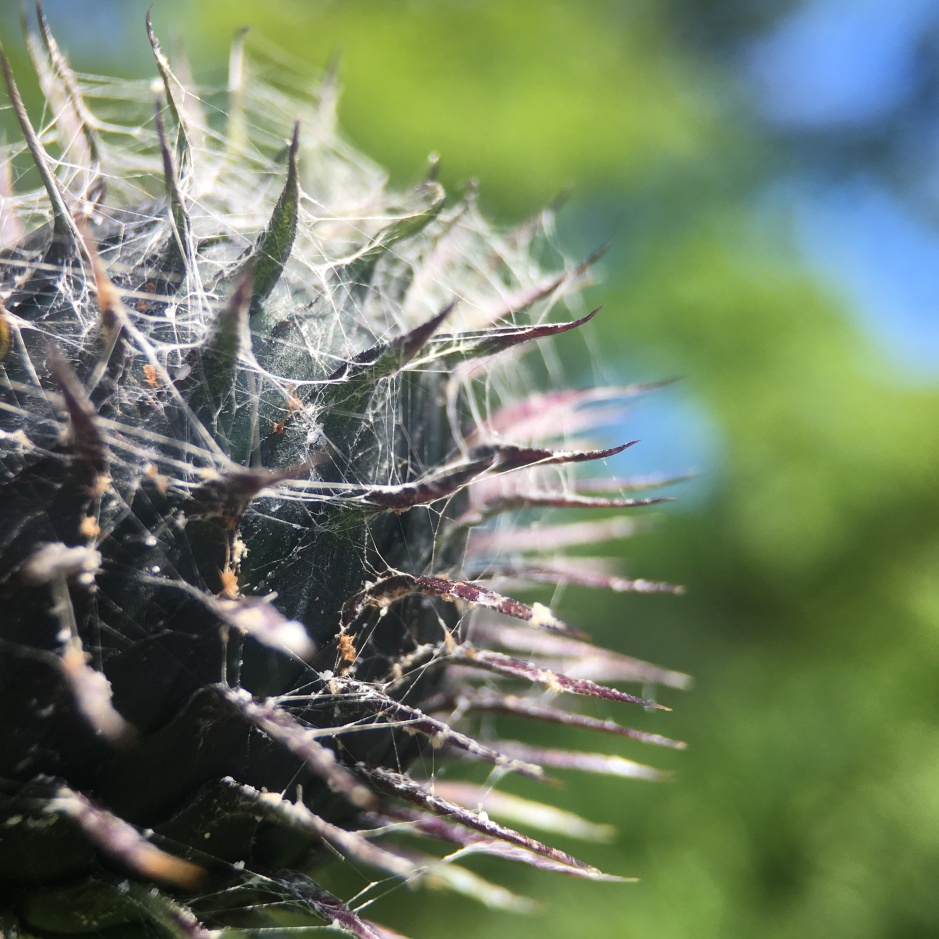
It also says: “Use the ones shaped like withered bones, the flavor is bitter and sticks to the teeth, this is good.”
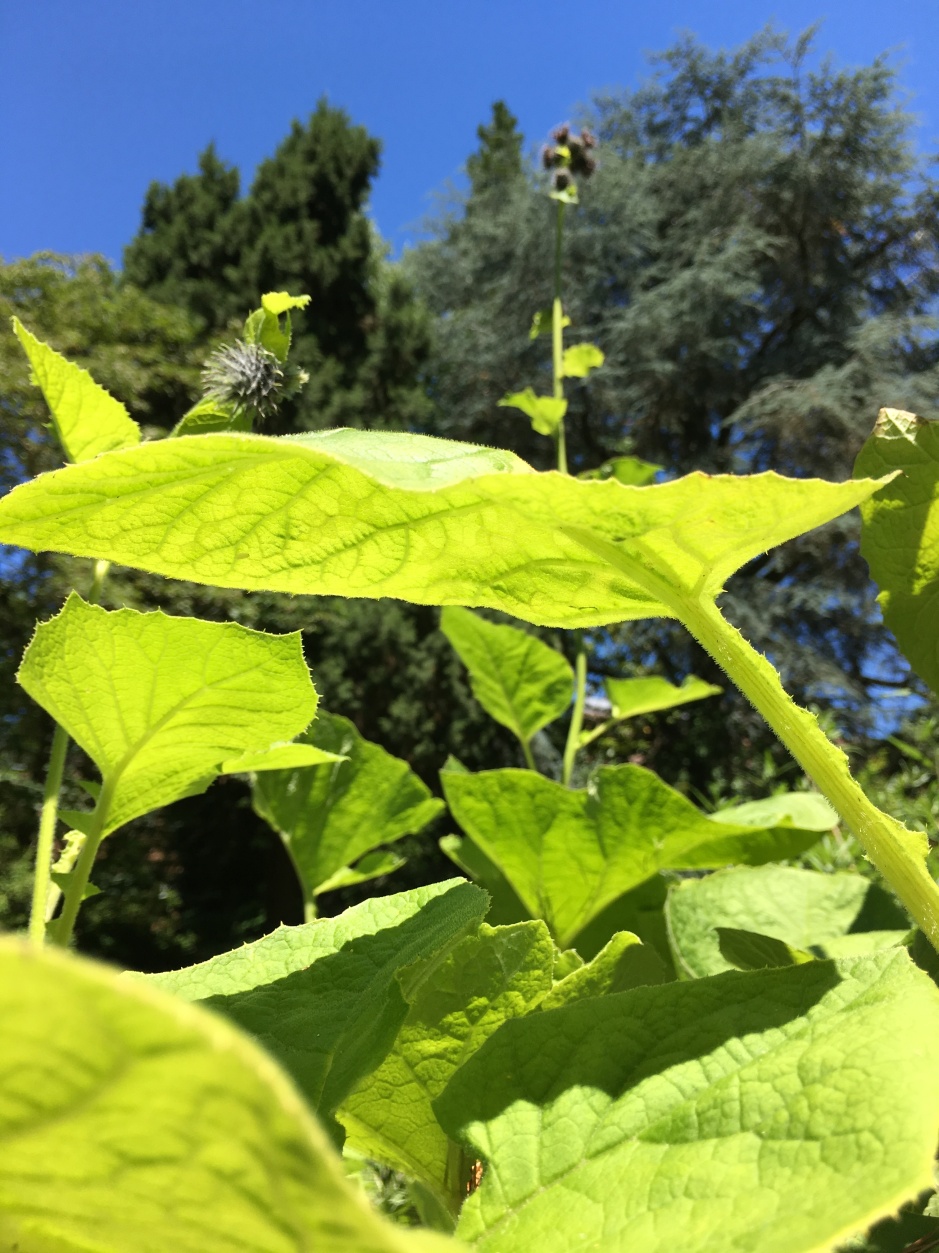
Therefor it can be seen that during antiquity the medicinal used was top quality Mu Xiang and since Guangzhou was the only port through which it was imported it was named Guang Mu Xiang.

Mu Xiang originates in India and also can be found on the Chinese side of the Himalaya Mountains near the border where they connect with the Kunlun mountains. Therefor the natural environment of China’s Yunnan province’s northwest region is very similar and in 1935 a fine variety of Mu Xiang was introduced in Yunnan that was suitable. (This is a very brief and sketchy version of what the source text actually says in this section)
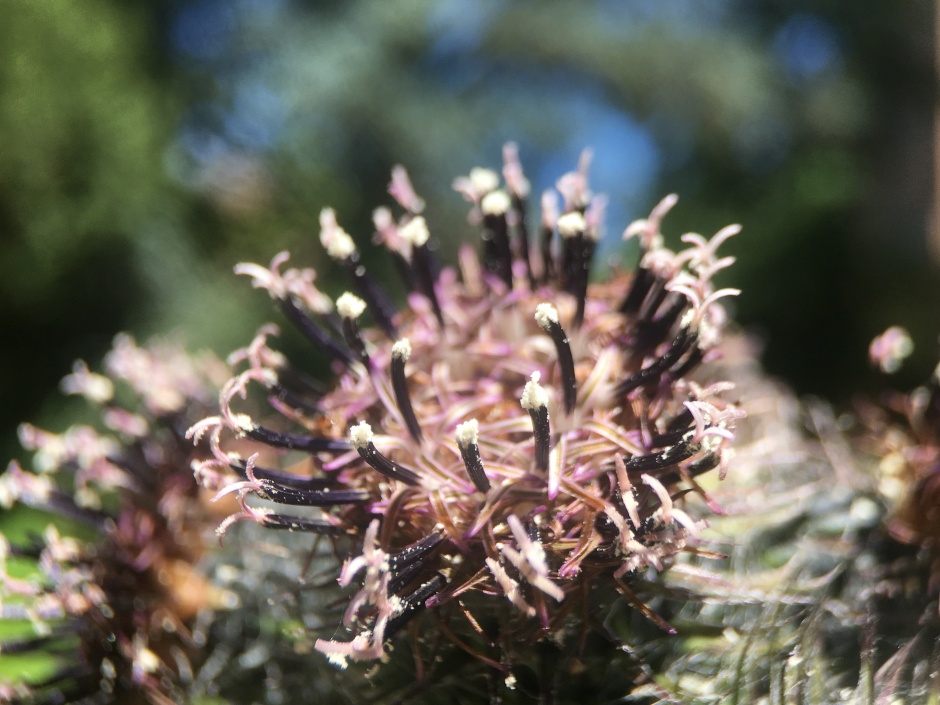
Must use the seed propagation method. Most grow in mountainous areas 2700-3300m above sea level. It is cold resistant and prefers a fertile, well drained soil.
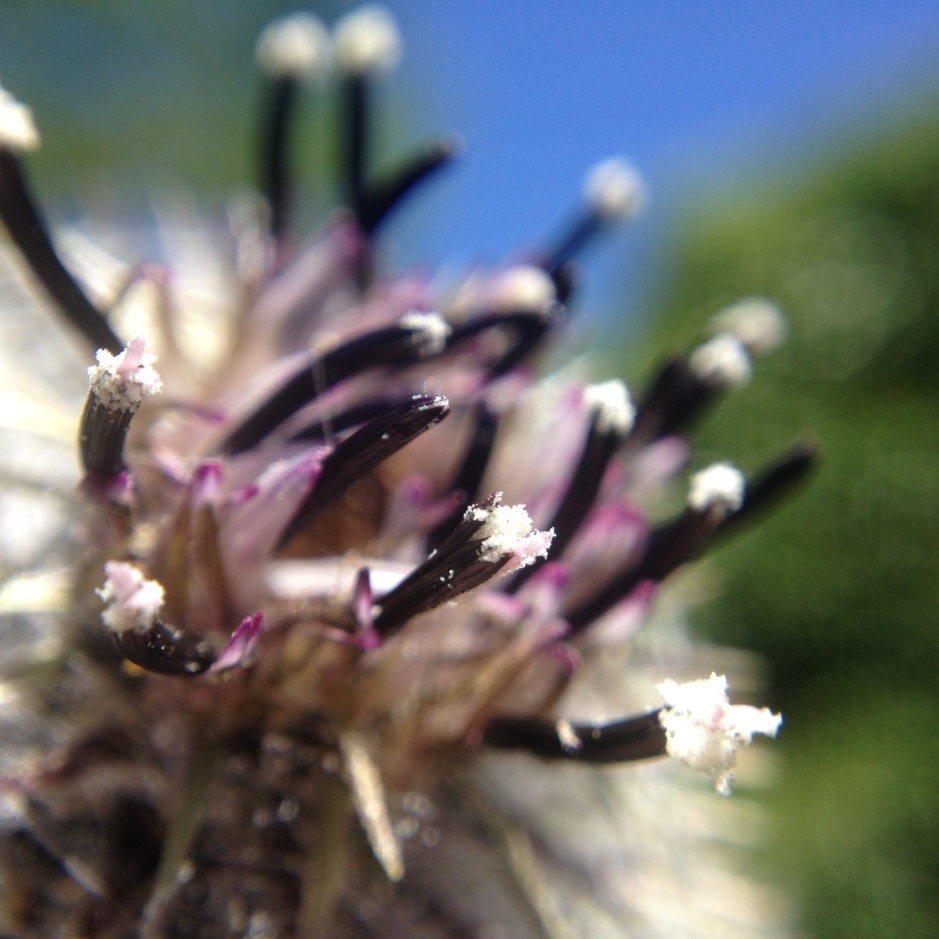
During the seedling stage they are averse to sun. It is common to intercrop with corn.
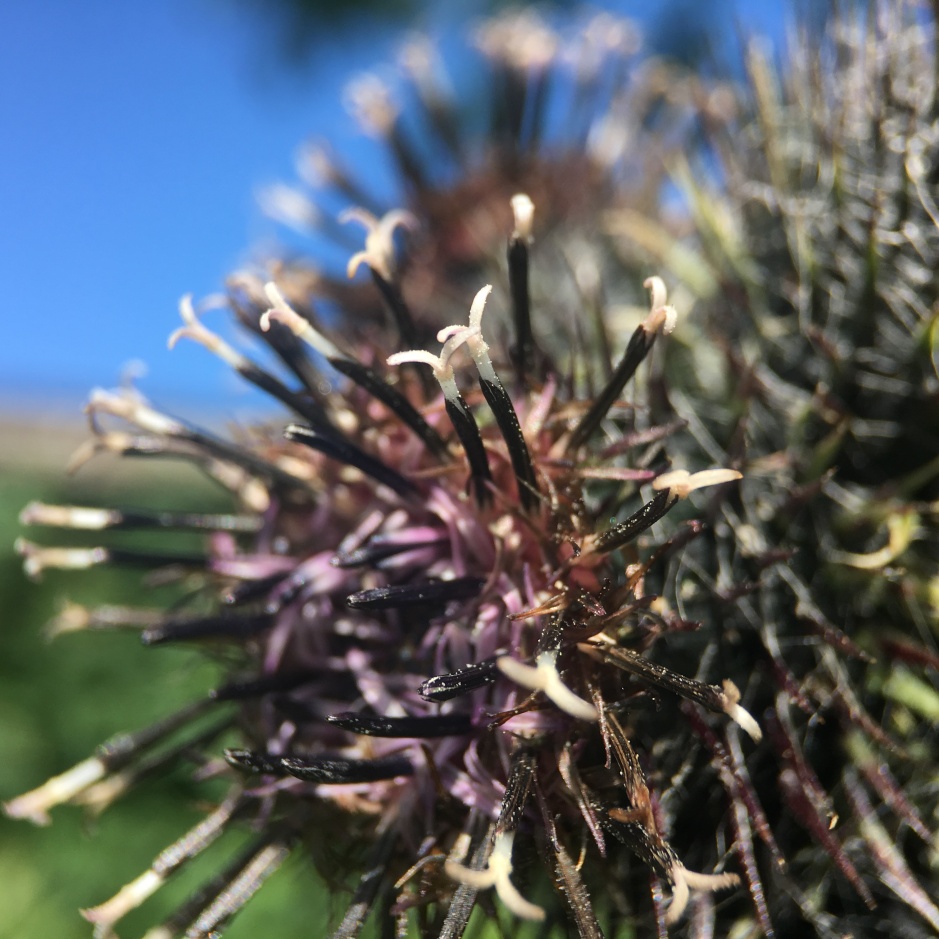
One can harvest after growing for 3 years, however after the second years growth period, you will need to cut off the part that has fallen to the floor, for the sake of Mu Xiang’s root growth.
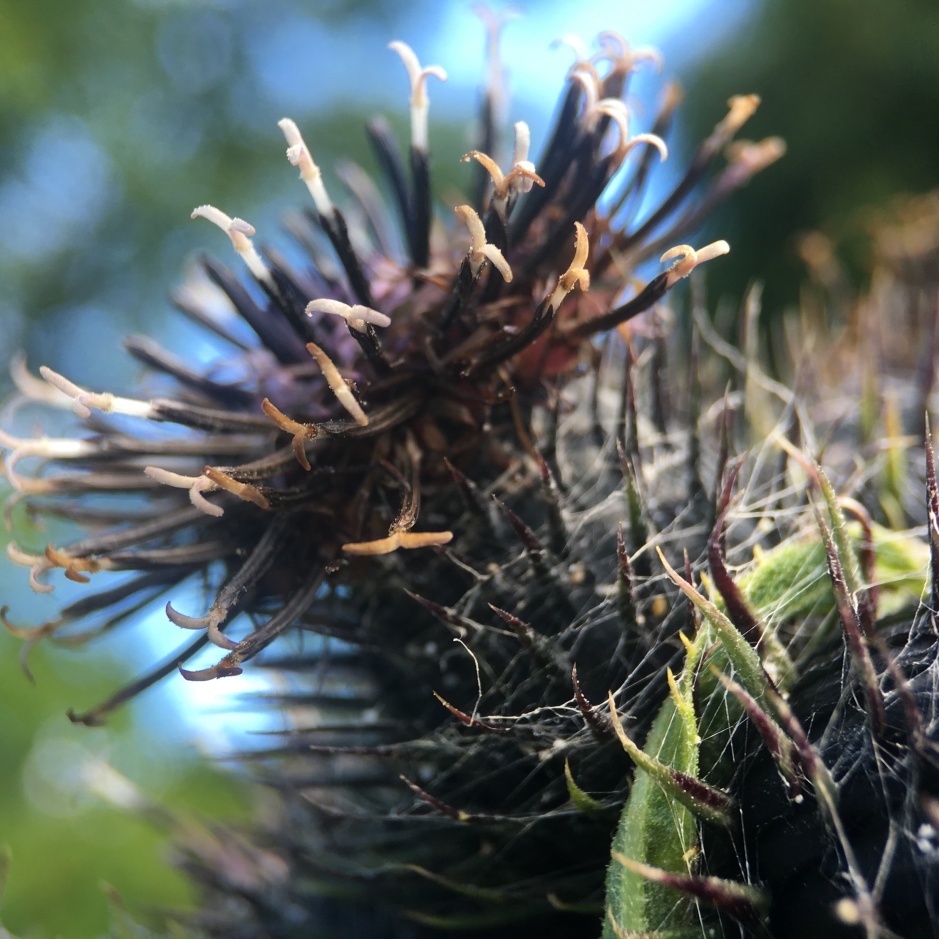
Three years after planting in the the 9th or 10th month, when the stem and leaf have withered, it is time to harvest.

After digging out the root, remove the stem and leaf and mud (avoid rinsing). Cut into 8-10 cm long segments. The crude method is to cut into 4 pieces, then dry in the sun.

After the drying is done, load into a sack and knock about to remove the remaining soil, fibrous roots and rough peel. This is considered the commodity.
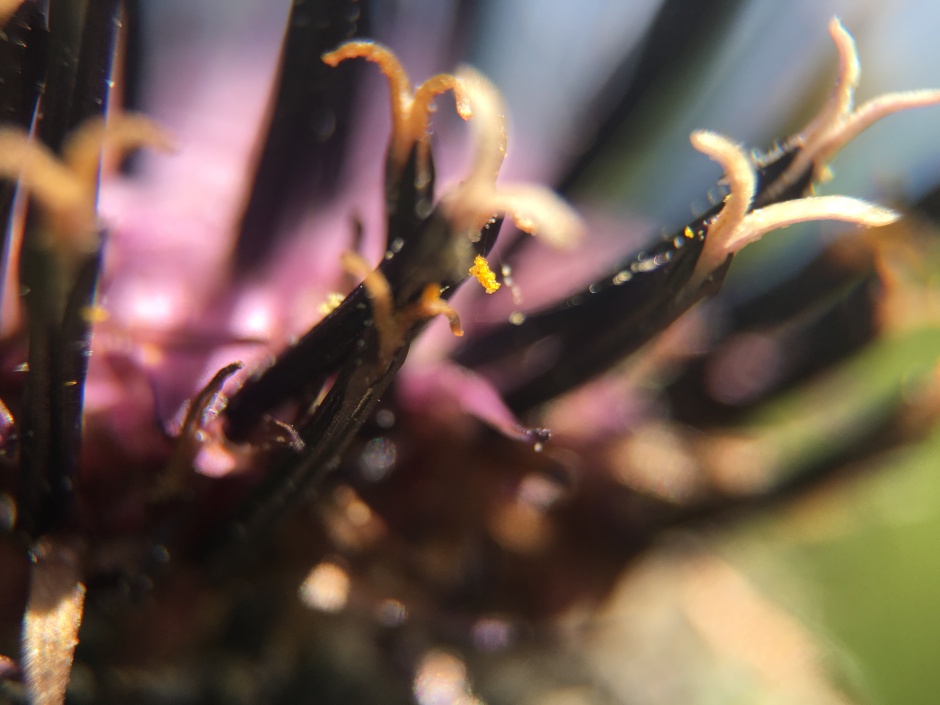
It is best to use roots that are evenly long and narrow, whose nature is solid, color is yellowish brown, fragrance is intense.
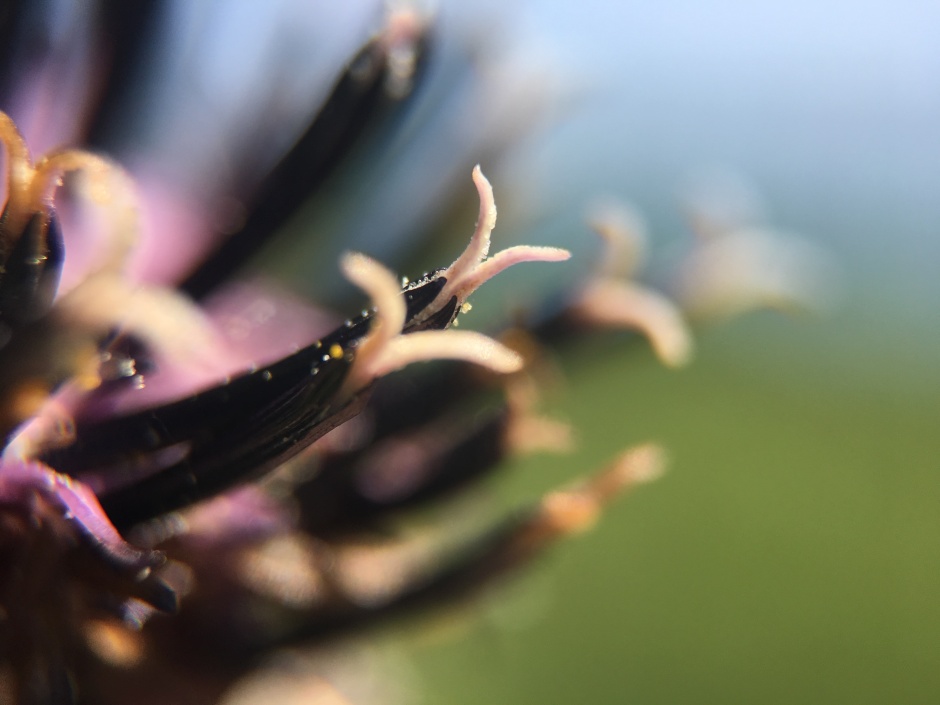
The above material was translated from Ji Shi Yuan’s book “Jin Shi Yuan’s Experience with the Identification of Traditional Chinese medicinals”.
Below is a link to a video of the first time I would be harvesting a 4 year old Aucklandia lappa that I had germinated from seed, created the bed for and put in the ground. It was a tiny little bit like christmas and a tiny little bit like doing a trick I’d never done before on a skateboard.
Grown for 4 years at sea level more or less in a sandy loam with a some organic matter, well drained. The aroma was minimal. The oil content was low. The quality of the root was lacking. The yield was low as well.
Appendix 1.
Identification and Differentiation of live plants materials used as “Mu Xiang”
木香 /mu xiang /Aucklandia lappa
Live Plant Description – Herbs (0.4-)1-1.5(-2) m tall, perennial. Rootstock 1-5 cm in diam. Stems 1.5-2 cm in diam., simple or apically branched. Basal and lower stem leaves petiolate; petiole 10-40 cm, broadly winged and lobate; leaf blade lyrate, cordate, or triangular-hastate, 20-50 × 10-30 cm, abaxially sparsely pubescent and gland-dotted, adaxially sparsely strigose, margin sinuate-dentate and mucronate, apex acute. Middle and upper stem leaves petiolate or sessile; leaf blade lyrate, ovate, or triangular-ovate, (5-)10-45 × (3-)5-25 cm. Capitula (1 or)2-5, clustered in a synflorescence or sometimes solitary, sessile. Involucre hemispheric, 2-4 cm in diam. Phyllaries in 7-10 rows, dark purple to black, apically arachnoid but glabrescent, apex spiniform and reflexed; outer phyllaries narrowly triangular-ovate, (8-)15-20 × 1-2 mm; middle phyllaries narrowly ovate-elliptic, 1.5-2 × 0.2-0.3 cm; inner phyllaries narrowly elliptic-linear, 1.8-2.5 × 0.2-0.3 cm. Receptacle bristles subulate, 5-12 mm. Corolla dark blackish purple, 1.5-2 cm, tube 7-12 mm, limb 7-10 mm, lobes 4-5 mm. Achene brown with black spots, obconic to cylindric, 6-8 mm, apically wrinkled, apex with a crenulate or dentate crown. Pappus straw-colored, 1.2-1.7 cm. Fl. and fr. May-Aug. 2n = 36. (from efloras)
- 川木香/Chuan Mu Xiang/Vladimiria souliei (Franch.) Linn
Live plant description– No or almost no stem perennial herbs. Main root cylindrical, 1-2cm in diameter, skin brown, slightly branched. All the leaves basal, rosette-like tiling floor, elliptic, oblong, lanceolate or oblanceolate, 10-30cm long, 8-20cm wide, featherlike cleft, length of 2-6(-16)cm wide flat leaves, both sides green or pale below, both sides with sparse crude pubescence and yellow glandular dots, both sides of petioles with dense spider silk-like pubescence, hard crude pubescence and yellow glands, lateral lobes 4-6 pairs, oblique triangle or wide lanceolate, or leaves without lobes, margin serrated, sharp spines or irregularly lobed. Capitulum 6-8 dense, clustered in rosette-like leaves at the top of the stalk; involucre wide campanulate, 6cm in diameter, bracts 6 layers, hard, apex caudate-acuminate into needle-like, margin with sparse tricholoma, outer layer oval or egg-shaped oval, 2-2.5cm long, middle layer skew elliptical or lanceolate, about 3cm long, inner layer long-lanceolate, about 3.5cm long. Florets red. Achenes cylindrical; pappus yellow-brown, multilayer, smaller upwards, outer layer wrinkle-reflexed down and surrounded, close to achenes, inner layer erect, pappus short feathery or rough hairy. Flowering and fruiting: July to October. (http://libproject.hkbu.edu.hk)
- 土木香/ Tu Mu Xiang/ Inula helenium Linn.
Live plant description – Herbs, perennial. Stems 60-150(-250) cm tall, pubescent. Basal leaves ± elliptic, mostly 15-40 × 10-20 cm, abaxially velvety lanate, adaxially thinly hairy, bases decurrent to strongly ribbed petioles, margins callose-denticulate, otherwise entire; cauline leaves ovate or elliptic to lanceolate, 10-30 × 4.5-12 cm, bases cordate, clasping, margins serrate. Involucre (20-)30-40 mm in diam.; outer phyllaries ovate, oblong, or deltate to lanceolate, 12-20(-25) × 6-8(-20) mm, abaxially velvety hairy, inner ones progressively narrower, less hairy, more scarious. Ray florets (15-)50-100; corolla lamina (10-)20-30+ mm. Disk corollas 9-11 mm. Achenes 3-4 mm, glabrous. Pappus of (40-)50-60 basally connate, barbellate bristles or setiform scales 6-10 mm. Fl. Jun-Sep. 2n = 20. (from efloras)
- 青木香/Qing Mu Xiang/Aristolochia debilis Siebold & Zuccarini
Live plant description – Herbs twining. Stems terete, smooth, glabrous, with enlongate internodes. Petiole 1-2 cm, glabrous; leaf blade ovate or oblong-ovate to sagittate, 3-6 × 1.5-3.5 cm, papery, both surfaces glabrous, veins palmate, 2-3 pairs from base, base cordate, sinus 1-1.5 cm deep, apex acute or obtuse. Flowers axillary, solitary or paired. Pedicel 1-1.5 cm, ascending, glabrous; bractlets deltoid, 2-3 × 2-3 mm, inserted near base of pedicel. Calyx yellow-green, throat dark purple; tube rectilinear, abaxially glabrous; utricle globose, 3-5 mm in diam., sessile; tube 20-25 × 2-3 mm; limb unilateral, ligulate, ovate-lanceolate, 2-3 × ca. 1 cm, apex obtuse. Anthers elliptic, ca. 0.5 mm. Gynostemium 6-lobed. Capsule subglobose, 4-6 cm in diam., dehiscing acropetally. Seeds obtusely deltoid, ca. 4 × 4 mm, with membranous wing. Fl. Jul-Aug, fr. Sep-Oct. (from efloras)
- 红木香/Hongmuxiang/Kadsura longipedunculata Finet & Gagnepain
Live plant description - Plants glabrous throughout. Petiole 0.6-1.7(-3) cm; leaf blade elliptic to rarely ovate-elliptic or obovate-elliptic, 5.5-12(-15) × 2-4.5(-6.5) cm, papery to leathery, secondary veins 4-8 on each side of midvein, base cuneate to rarely broadly cuneate, margin subentire, denticulate, serrulate, or serrate, apex shortly to long acuminate. Flower peduncle 1.2-4(-6.4) cm (staminate), (1-)3-5(-16) cm (pistillate). Tepals 10-15(-20), pale yellow, yellow, or occasionally reddish, largest 4-7(-13) × 3-6(-10) mm. Staminate flowers: stamens 26-54; staminodes absent. Pistillate flowers: carpels 20-58. Fruit peduncle 2.5-9.5 cm; apocarps red, purple, or rarely black, 6.5-11.5(-15) × 4.5-6.5(-11) mm. Seeds 1-3 per apocarp, reniform, 3.5-4.5 × 4.5-6 mm. Fl. Jun-Sep, fr. Sep-Dec. 2n = 28*.(from efloras)
